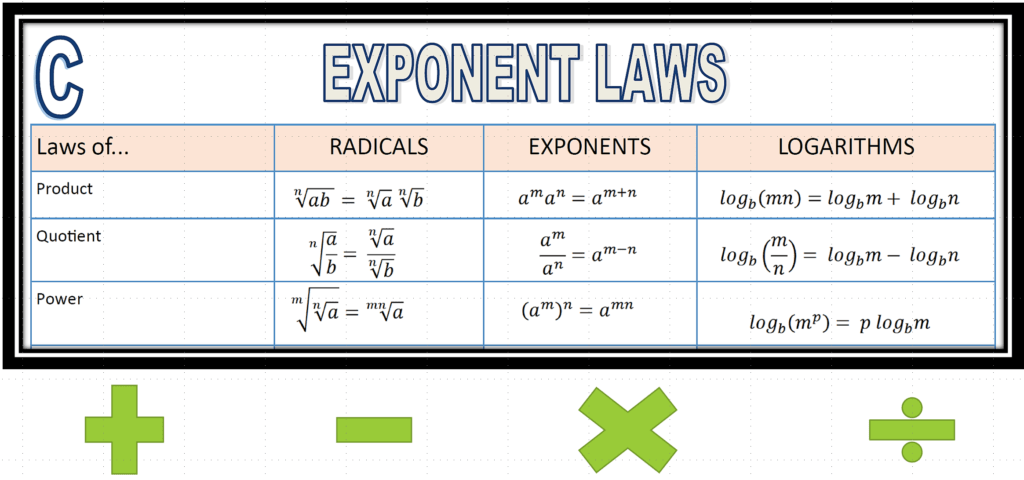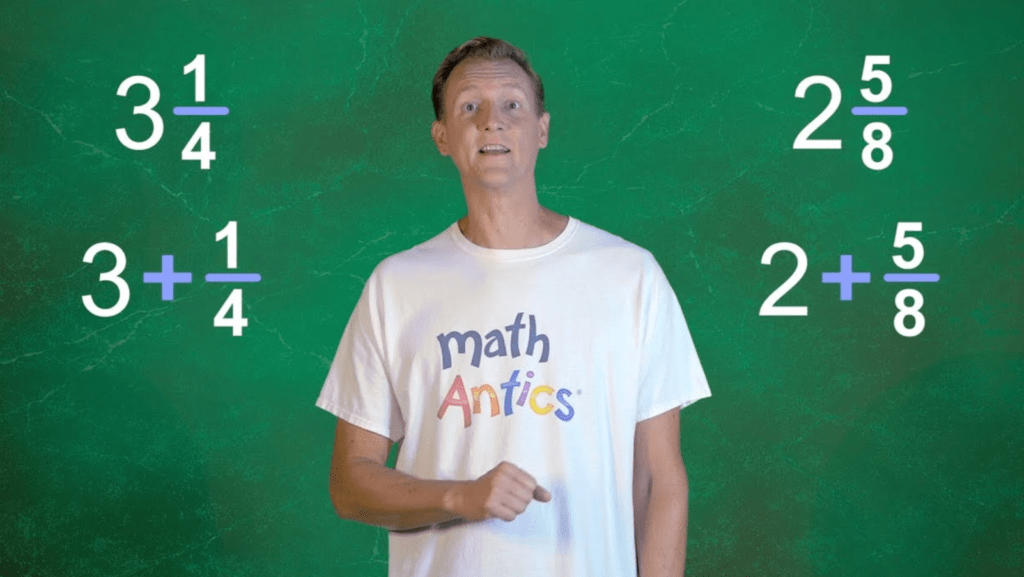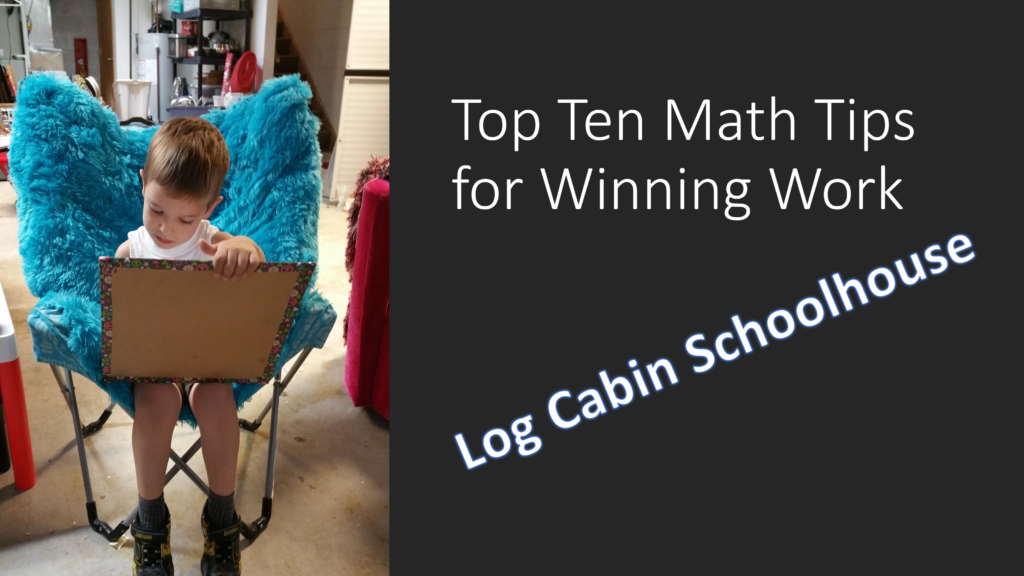Ten important things must be done to succeed at higher level math as a homeschooler.
- Use graph paper. Some of the most basic skills are what lead to the best accuracy and thereby good math grades. Graph paper forces students to line up each place value purposefully.

- Use pencil. Seriously, Einstein made mistakes.

- Square every answer. If students draw a careful square around each and every answer, they will get used to both looking for the squares on their work saving themselves time in grading, and they will begin to enjoy seeing their neat work.
- Memorize math grammar or knowledge such as formulas, vocabulary, and rules. Most people think they’re done memorizing after they conquer their multiplication tables. That’s false if students want higher math to go quickly, and without added stress of shuffling back and forth through their text. Keep memorizing. Know that when people tell you NOT to memorize they don’t mean, not to learn the concept. They mean don’t memorize only to forget it. Learn it.(Checkout Log Cabin Schoolhouse’s Algebra Club curriculum. Coming soon for sale!)

- Know how to find videos. There are a few really great math websites for explaining math concepts, such as www.mathantics.com and www.khanacademy.com. Beyond that there are literally millions of sites where really smart people have explained problems. Knowing how to quickly find just the right video can be a real skill. Students must know the vocabulary of what they are learning so they can figure out the basic context of what they don’t understand. So, first define your question’s vocabulary, then search on the most significant words in the question. (Here’s Log Cabin Schoolhouse’s favorite free math websites!)

- Take notes! If a student were in a classroom setting they would get a lecture on new math concepts and they would be forced to diligently note everything the teacher explained in a notebook designated just for this course. Why would it be any different for a homeschooler? Take notes!! Maybe even consider getting a three section notebook large enough for Pre-Algebra, Algebra 1, and Algebra 2. Imagine the wonderful keepsake you’ll have when you’re finished! (Some kids will want to color code it too… blue for vocabulary, green for formulas, black for rules.) Minimally, as you read the text, copy down all
- vocabulary,
- formulas,
- important diagrams, and
- rules.
- Write neatly. I wouldn’t want a doctor to make the drawings for a bridge I had to cross. It’s simple. Neat math papers = accurate answers, which = good math grades and high standardized test scores. The other random effect that comes along with neat math work is confidence. How nice is it to hear, “Wow! Did you do this beautiful math test?”
- Check each answer and rework incorrect problems. A student will never learn anything if they don’t do the work of correcting wrong answers. They will keep getting it wrong over and over again. Do the hard things!
- Read and then re-read a question before moving on. So after a student reads the question their brain becomes occupied with doing the work. If a higher level math problem takes them fifteen minutes to work out, there’s a good chance they’ve forgotten the details from the question like what units the answer should be in, or if it were a two part question. Re-read the question after finding and squaring the answer.
- Know every word’s meaning in the assignment. If you don’t know the difference between a coefficient and a constant, write them in your notes and look up the definition. If the student doesn’t know them how can they get the right answer? Do they know the difference between a mathematical statement and a mathematical equation? Words matter in math too.
There you have it! Ten tips that will, in all likely-hood, lead to stellar grades and test scores! Go through all of these and count up how many your student already does in their day to day math work. Work towards doing all ten by the end of the next school year. New habits take 21 days to become permanent! I have faith in you!
Jen @ Log Cabin Schoolhouse



All excellent tips. I also ask students to rewrite important formulas in the back covers of the textbook. There are always a few blank pages. Of course, your tip to memorize them might make that step unnecessary. But it is always easier to flip to the back cover than to try to find the page where the formula was first listed.